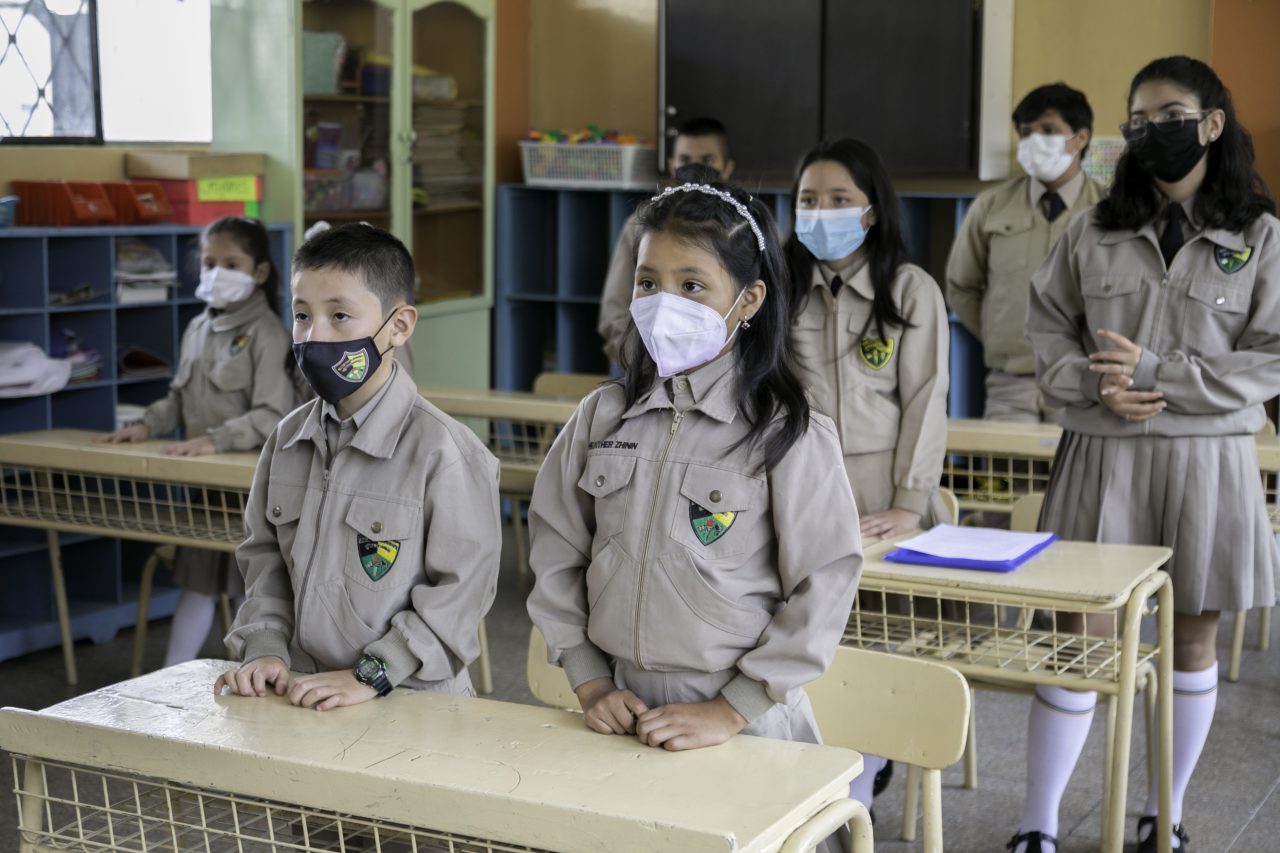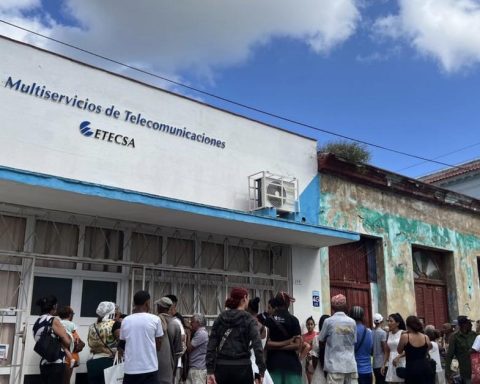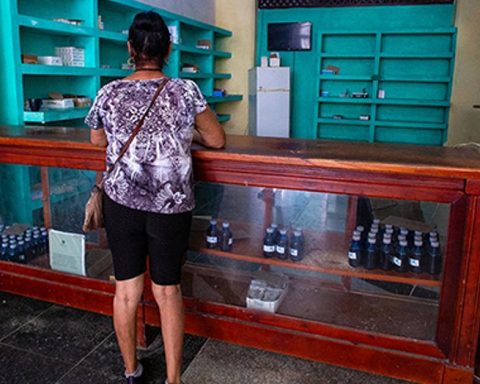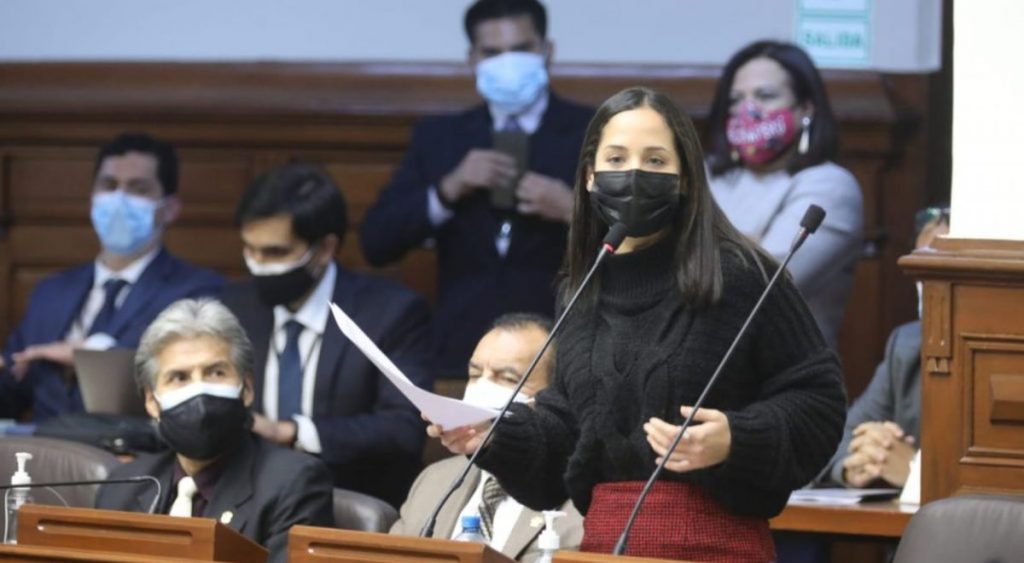In six months, educational institutions have not presented outbreaks. Face-to-face classes mean leveling and mental health.
The gradual return to face-to-face classes began in Ecuador June 7, 2021. Between more than 600,000 students 31 infections have been presented, which represents 0.004%. In addition, no educational institution has presented outbreaks.
These not only indicate that biosafety protocols is fulfilledn, but schools and colleges are safe places against Covid-19.
Social bubbles
It should be noted that no space is 100% safe from contagions, both from the coronavirus, and from other viral diseases. However, educational institutions represent ‘social bubbles’ what does it mean that, the same group of people it is found in a same space.
The ‘social bubbles’ allow greater control of the health condition of each person, something that does not happen in massive events, in public transport or in shopping centers, where maintaining an individual epidemiological follow-up is impossible due to the large flow of people who frequent these spaces.
The false sense of protection
Unicef has made different exhortations to bet on presence. For the institution, the debate should not focus on whether or not to open schools, but on whether the establishments have the appropriate measures of biosecurity.
“Reopening educational facilities would not represent a considerable risk if the necessary biosecurity and self-care measures are taken,” says Unicef, an opinion supported by a study that concluded that there was no relationship between the opening of schools and the advancement of the coronavirus.
Marianella Alcívar, an educational psychologist, says that parents tend to create a false sense of protection, depriving children of essential activities such as going to class.
“They believe that children are better when they are close to their parents, even if it is in an agglomeration, rather than at school, where they are not seen all the time. It’s crazy, but a large number of caregivers think that way, “he says.
Impact of learning and mental health
The students They were among the first groups to be in quarantine (March 12, 2020 education became virtual) and the last to return, of the four million students about one million are already going to face-to-face classes.
This has not only generated educational delay, especially in those who begin read and write and whose leveling must be done in person. Rather, there are mental health effects.
The ‘confinement’ supposes psychological consequences in minors. According to a survey conducted by Unicef where 4,500 representatives of girls, boys and adolescents were asked how their children felt in Ecuador4 out of 10 stated that they felt very distressed or stressed.
This situation turned out to be more frequent among those who study in higher basic education or high school.
According to these data, of the total number of students who have felt anguish or tension, three out of 10 have received emotional support from teachers and the Student Counseling Departments (DECE).
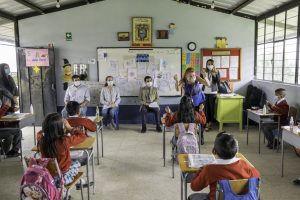
Sites with a higher risk of contagion
- Hospitals
- Public transport
- Banks and ATMs
- Elevators
- Markets
- Supermarkets / Food Courts
- Restaurants
- Offices (medical, beauty)
- Pharmacy
- Public spaces-events where distances are not maintained
- Private vehicles (mainly if non-family members are transported without a mask or ventilation)
Source: WHO / CDC
A Unicef study in 191 countries concluded that there is no direct relationship between the closing or opening of schools and the rates of Covid-19 contagion in the community
The return to face-to-face classes it was moved from January 17, 2022, to February 7, in the Sierra, and to May 3 in the Coast.
Cerca del 70% de estudiantes entre 12 y 17 años han recibido al menos una dosis contra la Covid-19. Y un 50% de 5 a 11 años.
You can vaccinate your child against covid-19, from the age of five, in the health centers or schools.
